There is indeed a new kid on the block, he takes us back quite a few years, but miles forward in terms of injury prevention and possibly, cure. This new trend has caught on like a wild fire and is taking the running world by storm simply called barefoot running. I say barefoot, but it also doesn’t exactly have to mean you are going to have to run dodging rocks and broken glass or other random objects either.
Barefoot running is currently taught by about 10 people worldwide who are qualified to do so. I chatted to Dale Turrell, who attended the course in London by Lee Saxby, one of the runners in “Born to Run” (bestselling running book) to hear what this new craze is all about.
Humans are designed for hunting, tracking down antelope in the hilltops for days on end, roaming the mountains, barefoot. However we obviously (being on top of the food chain and all) decided to move on to bigger and better things eg. ‘the wheel’ and of course shoes.
Prior to the 1950′s all athletes were running barefoot, injury free until about 50 years ago when the running shoe started developing into the “machine” of a shoe that it is to date. New Balance and Nike were amongst the first to develop the running shoe to the standards we have today.
What happens when you run with a running shoe? Usually you land first on your heel, impacting hard with the ground and then taking big strides forward (some people even have the forward lean) which works havoc on the knees amongst other parts of the body as the body automatically slams a lot of body weight straight onto that point of impact. If you were running barefoot you never in a million years would place so much weight on your heel simply because naturally it would hurt, A LOT! The running shoe that you are wearing is constricting your natural foot movement, by doing that your muscle activity has to increase to compensate. This is where most injuries and pronation problems becomes part of your everyday life. Think about it this way, how much harder are you going to have to work with your hands, if you have to wrap your hands in about 8 pairs of rubber gloves?
To understand barefoot running it is important to understand what your proprioception consist out of:
10% is sight (what you see determines your balance and co-ordination)
20% is your vestibular balance which is located in your ear
70% Evolves around your feet, there are almost 200 000 nerve endings as well as stabilizing muscles that are located in your feet! To think that we have wrapped these beauties up in massive padded running shoes for almost 50 years!
What happens when you are running without shoes? Your body naturally takes into equation how much you weigh, you instinctively land on the middle and towards the front of your foot, from there your body and all the muscles involved will work, bend accordingly to absorb impact, and move forward. Your big toe (1st metatarsal) was made to absorb the impact. Your stride will shorten (think little bushman running in the Kalahari) your body will be aligned and you will become as light as a feather, regardless of your weight.
What you need to remember, if you have been running with shoes, like 99% of us have been doing that this is not an overnight change. This is almost like a new sport that you have to learn from the beginning. As a matter of speaking we will have to crawl again before we can walk. Here is how to get into BAREFOOT RUNNING
First you will have to start walking barefoot in the house, around the garden, to the park, shop etc. You can even start doing foot flexibility and isolation exercises all available on www.vivobarefoot.com. You can practice your rhythm at home by doing jumps, you should jump on one place first with one leg then with both on the spot 30 times per leg and build it up. Running is basically a series of jumps so skipping and squatting nice and low is another great method to train for this.
Running Posture
Basically the correct posture is as follows:
Whole body needs to be aligned head, shoulders, hips and feet.
The impact of the foot when taking strides, needs to be towards the front of the foot
Shorter strides, you should on average be able to run (jump) in a ranging between 160 and 180 (bmp) There are little rhythm keepers (beepers) available in stores that makes this a bit easier.
Your body will automatically know how to disperse your weight so you wouldn’t have to worry about that.
Interesting fact if you are running at 50% or at 80% effort your strides will always remain the same, between 60 and 80 bmp (or skips per minute)
Three components that form the cornerstones of barefoot running is; Posture, Rhythm and Relax. If you can get that right you are A for Away.
Barefoot running doesn’t mean you have to expose your neatly pedicured feet to all the gross things lying around on the road and the harsh environment. There are many ranges of shoes that cater for this new trend and its commonly referred to as a barefoot running shoe. Vivobarefoot has designed a range for running and for everyday life to make bare-footing fashionable yet do-able. These shoe’s soles are a mere 3mm thin you can actually roll them up like a paper plate. The tip of the shoe is a bit wider (called the box) to allow your toes to spread weight evenly, absorb the impact and help with your natural balance. You may think that these shoes wear and tear easily but because you are putting so much less strain and impact on your feet, these shoes actually last twice as long as normal running shoes.
Dale with his Vivo Barefoot running shoe
Dale Demonstrating how flexible and minimal the running shoe is
If you would like to ease yourself into the barefoot running style you can even get a pair of transition barefoot running shoes that are a bit more substantial before going down to the 3mm shoe.
I would like to add that barefoot running is NOT for everyone. If you are running with shoes and you have no complaints or injuries and really happy the way you are I really don’t recommend changing to something else. I also cant say that you will run faster or break your personal best time running barefoot. If however, you are struggling with injuries or posture problems this may just be the answer to a pain free run.
For any additional enquiries regarding training or barefoot running shoes contact Dale Turrell on [email protected] @nativetours
 a
a
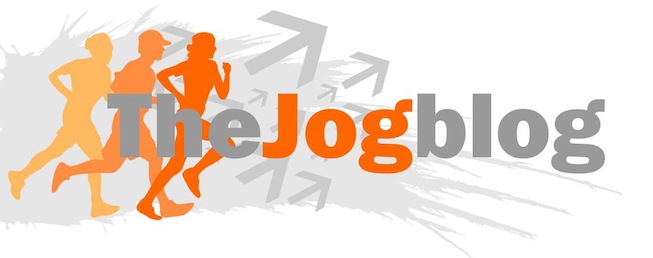
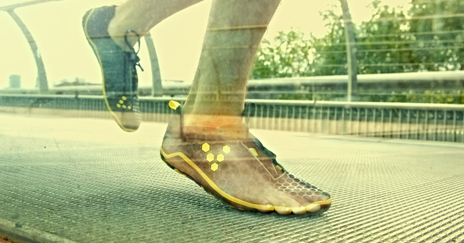
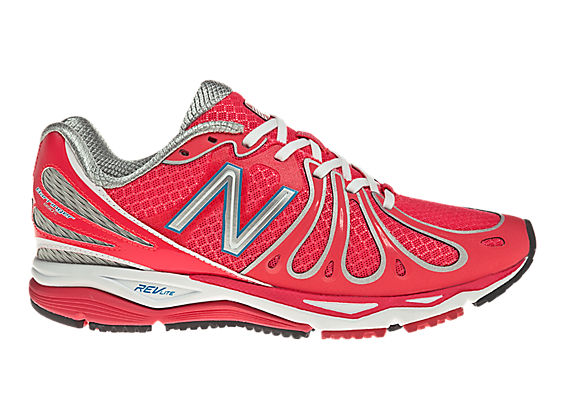

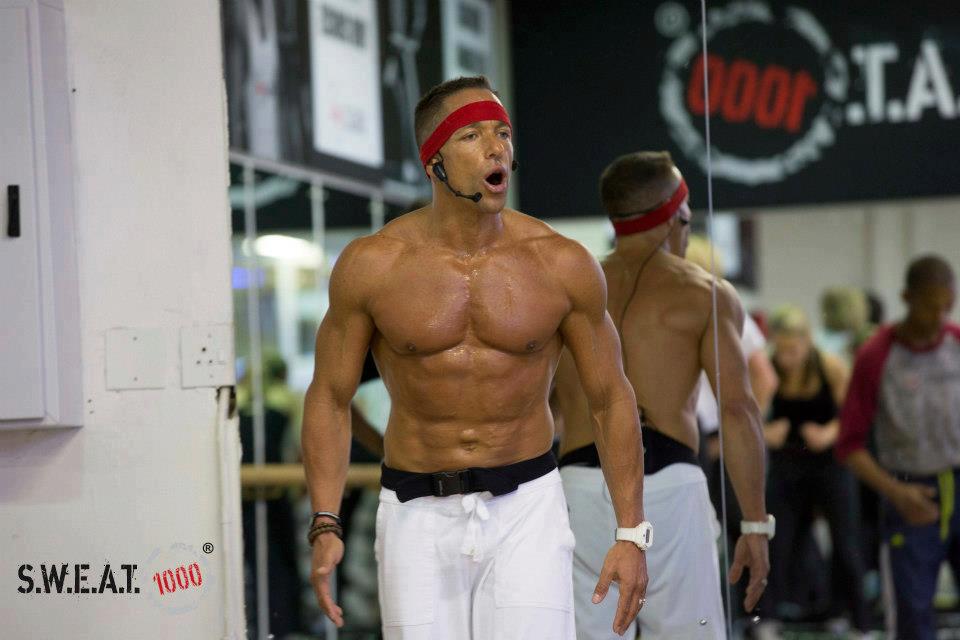
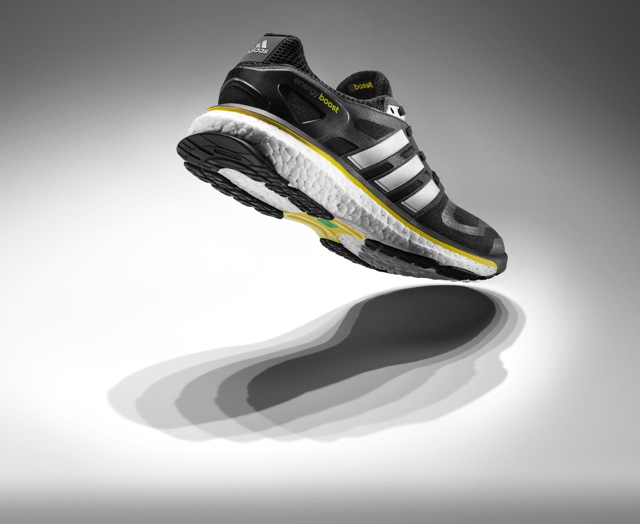
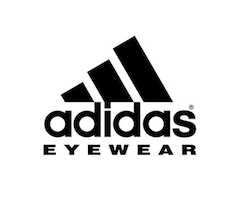
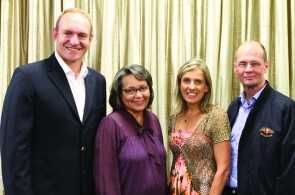




No way thank you for all your info